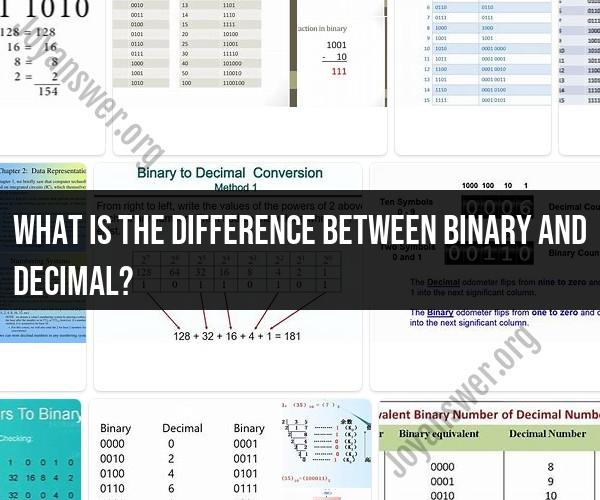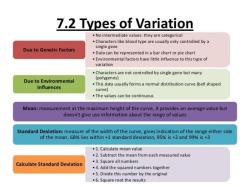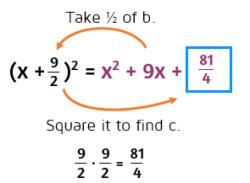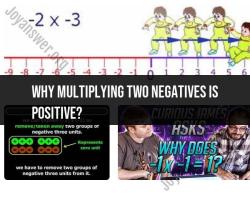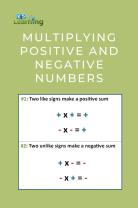What is the difference between binary and decimal?
Binary and decimal are two different number systems used for representing and working with numbers. Here are the key differences between binary and decimal systems:
Decimal System:
- Base 10: The decimal system is a base-10 number system, meaning it uses 10 digits (0 through 9) to represent numbers.
- Place Value: Each digit's position in a decimal number has a place value based on powers of 10. The rightmost digit represents ones, the next represents tens, the one after that represents hundreds, and so on.
- Commonly Used: The decimal system is the most widely used number system in everyday life. It's used for counting, calculations, and most human calculations.
- Fractional Representation: Decimal numbers can easily represent fractions using decimal points. For example, 0.5 represents one-half, and 0.25 represents one-quarter.
Binary System:
- Base 2: The binary system is a base-2 number system, which means it uses only two digits: 0 and 1.
- Place Value: Similar to the decimal system, each digit in a binary number has a place value based on powers of 2. The rightmost digit represents ones, the next represents twos, the one after that represents fours, and so on.
- Digital Electronics: Binary is the fundamental number system used in digital electronics, such as computers and microprocessors. It's used because electronic circuits can easily represent and manipulate two states, which correspond to binary digits (0 and 1).
- Fractional Representation: Binary numbers can represent fractions, but they do so less intuitively than decimal numbers. Fractions in binary are expressed as sums of negative powers of 2 (e.g., 0.1 in binary is equivalent to 1/2 in decimal).
Examples:
- Decimal: 135 (in base 10) represents 110^2 + 310^1 + 5*10^0.
- Binary: 1011 (in base 2) represents 12^3 + 02^2 + 12^1 + 12^0.
In summary, the primary difference between binary and decimal is the base they use and the number of digits they employ. Decimal is base 10 with 10 digits, while binary is base 2 with 2 digits. Binary is essential in the world of computing, where everything is processed using combinations of 0s and 1s.
